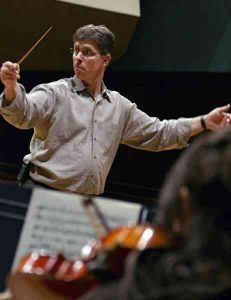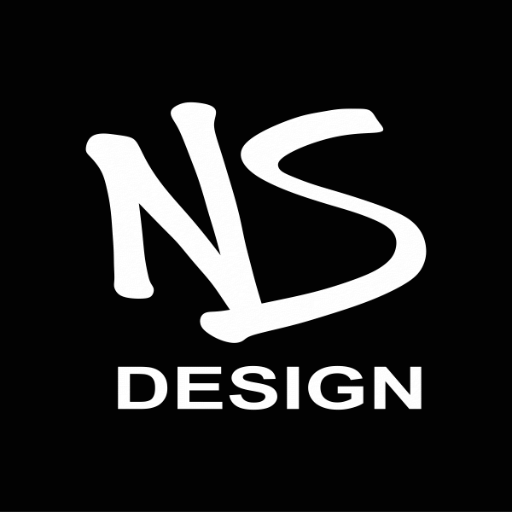Music educators across the country are discovering that electric stringed instruments offer a new, powerful way to engage young musicians. As the string education community has begun to embrace what it terms “alternative styles”—including jazz, rock, and many kinds of fiddling and world music—electric string instruments are attracting attention for their ability to play amplified without feedback, and their ability to incorporate electronic effects.
Teachers at the forefront of electric string education are quick to point out that the advantages of the instruments extend beyond performance settings. Amplification gives some students a new sense of empowerment, and for many, it clarifies the challenges they face with their playing technique. The process of creating and refining sound electronically requires students to think about aspects of music they would not need to consider with an acoustic instrument—a valuable means of engaging a generation already steeped in technology.
NS Design recently interviewed four different players, including educators who use electric instruments in their classrooms, as well as performers who use electrics to attract new audiences to the possibilities of stringed instruments in general. We are proud to work with these musicians, and we hope that sharing their perspectives will inspire other teachers and students to new musical endeavors.
New possibilities
 For Scott Laird, who is Instructor of Music at the North Carolina School for Science and Math in Durham, NC, technology serves both as a pedagogical tool and as a focus of instruction, and NS Design’s instruments are a centerpiece of the classroom. Laird’s performance career has revolved around the electric violin and the technology associated with it. As an educator, he champions a “blended curriculum” of classroom instruction reinforced by online resources, such as D’Addario’s Web site The Lesson Room, to which he has contributed several videos. In his classroom, Laird says, electric instruments serve the dual purpose of facilitating performances that would not be possible with their acoustic counterparts, and engaging students in a more complex understanding of music.
For Scott Laird, who is Instructor of Music at the North Carolina School for Science and Math in Durham, NC, technology serves both as a pedagogical tool and as a focus of instruction, and NS Design’s instruments are a centerpiece of the classroom. Laird’s performance career has revolved around the electric violin and the technology associated with it. As an educator, he champions a “blended curriculum” of classroom instruction reinforced by online resources, such as D’Addario’s Web site The Lesson Room, to which he has contributed several videos. In his classroom, Laird says, electric instruments serve the dual purpose of facilitating performances that would not be possible with their acoustic counterparts, and engaging students in a more complex understanding of music.
Laird says that overcoming the amplification barrier is the biggest practical advantage to incorporating electric strings in an educational setting. In so doing, educators can remove the restrictions that often keep string students from trying jazz, rock, and other amplified genres.
“From a performance standpoint, it completely opens up what you can do with a bowed instrument because volume is no longer a limiting factor,” Laird said recently in an interview. “The great violinist in your school can play with the jazz ensemble.” In addition, NS instruments’ precise tone and volume controls of offer practical advantages in orchestrating student performances. “We use the NXT Bass to accompany the wind ensemble,” he said. “It lets us get just the right amount of volume and a really warm tone.”
But besides expanding performance options, Laird explains that electric instruments make students think about music in new ways. The precise control NS instruments offer over their output signal—and their ability to use electronic effects—requires students to plan and analyze the sounds they wish to create.
“Electric instruments ask students to think about tone quality as it relates to an adjustment knob, a reverb tail, a delay. These are questions that traditional string students normally don’t have to answer,” Laird said. “One of the main things teachers are called upon to do is encourage students to step out of their comfort zones.”
